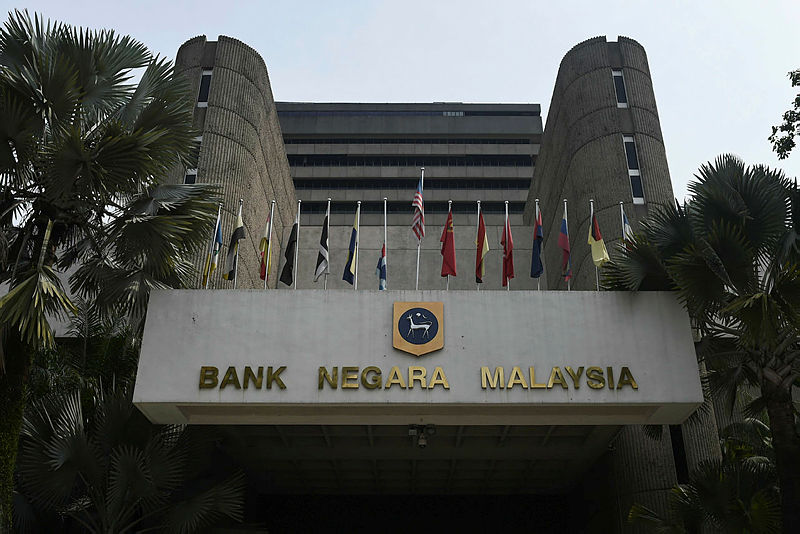KUALA LUMPUR: Bank Negara Malaysia’s (BNM) decision to cut the overnight policy rate (OPR) by 25 basis points to 3.0% yesterday, was due to external factors that have dampened global trade and investments, said research houses of banks.
Maybank IB research said the trade war risk amplified over the weekend as US President Donald Trump renewed threats to raise tariffs on US$200 billion (RM829 billion) in imports from China by 25% by this Friday from the 10% imposed in September last year.
“This is to be followed by a 25% tariff on the remaining US$325 billion (RM1.3 trillion) in Chinese exports to the US if both sides are unable to close a trade deal this week,” it said it its research note.
Affin Hwang Investment Bank Bhd also concurred with the sentiment as prolonged external conflicts had dragged down Malaysia’s gross domestic product (GDP) in the first quarter of this year (1Q 2019) with global demand slowing.
It also said the country’s industrial production index in February slowed for the second consecutive month to an eight-month low of 1.7 per cent year-on-year (y-o-y), compared with 3.2% in January.
“We expect Malaysia’s real GDP growth to slow to 4.3% y-o-y for 1Q 2109 compared to 4.7% in 4Q 2018. Our projection for GDP growth for 2019 stays at 4.7%, due to a stable labour market which will lead to capital spending,” it said.
Meanwhile, RHB bank in its economic view today said besides unresolved trade tensions which had to dampen the global economy, heightened policy uncertainty could lead to sharp financial market adjustments, further weighing on the overall outlook.
“Although BNM retained its GDP forecast at 4.3% to 4.8% for 2019, it, however, highlighted, an increase in downside risks stemming from heightened uncertainties in the global domestic environment, trade tensions and extended weakness in commodity-related sectors,” it added.
Alliance DBS research in its economic focus today said the OPR cut was in anticipation of a possible weakening in Malaysia’s GDP in upcoming quarters.
“The cut will likely provide a boost towards economic growth as banks lower their lending rates, which could indirectly increase consumer’s spending power,” it said.
On further rate cuts, AmBank research said there is a chance of a second later this year or in early 2020, should potential incoming data remain weak, while RHB bank, Maybank IB and Affin Hwang expect the OPR to remain at 3.0% for the rest of 2019. — Bernama













